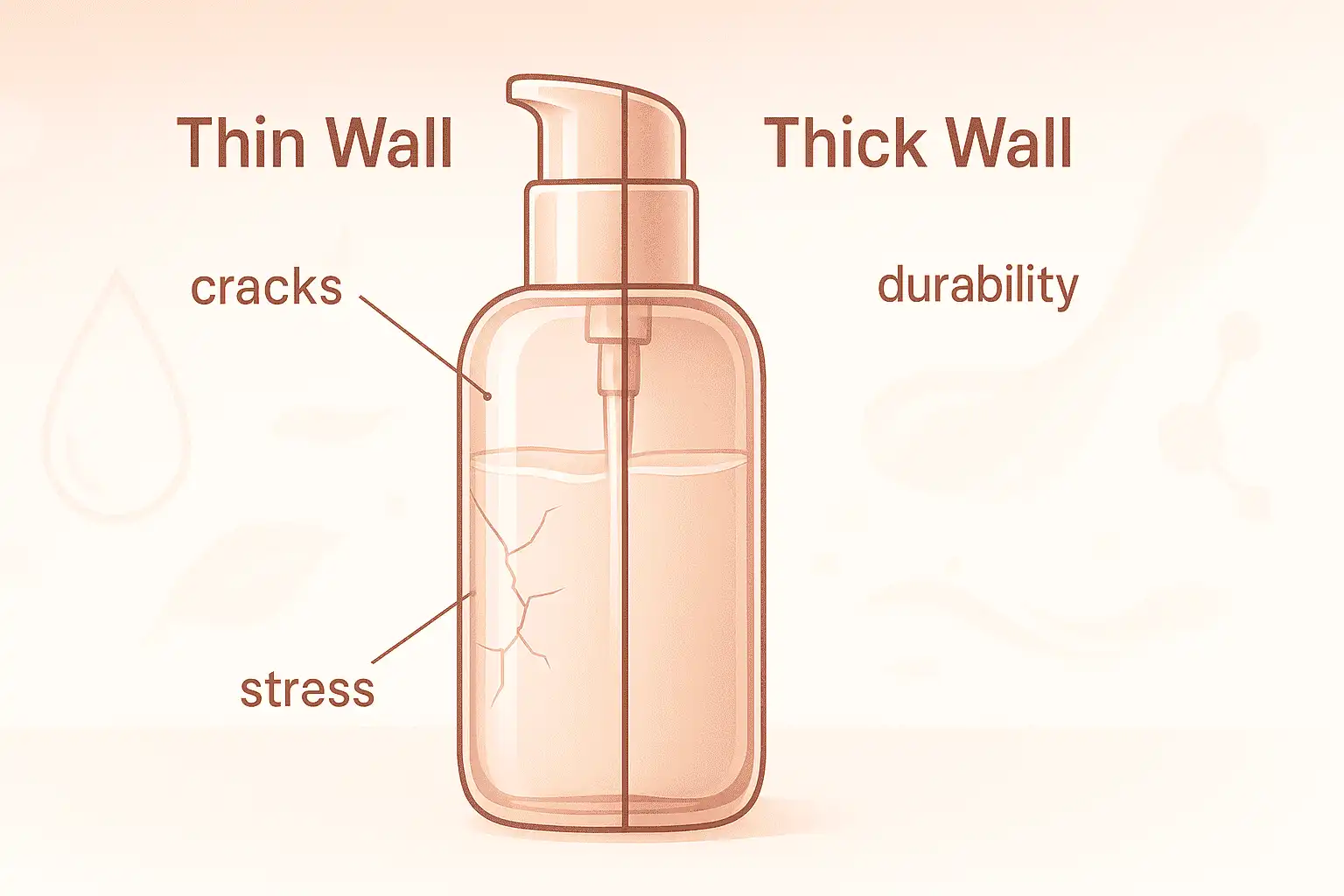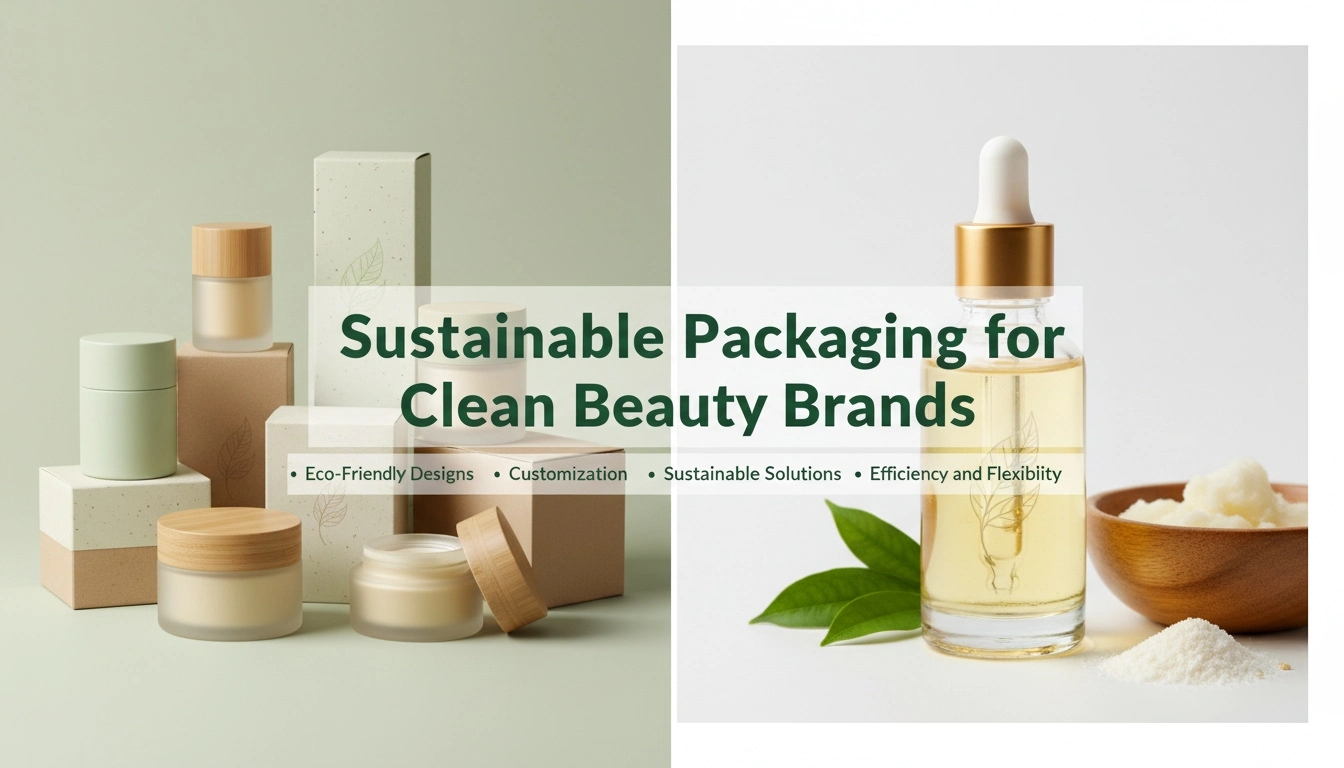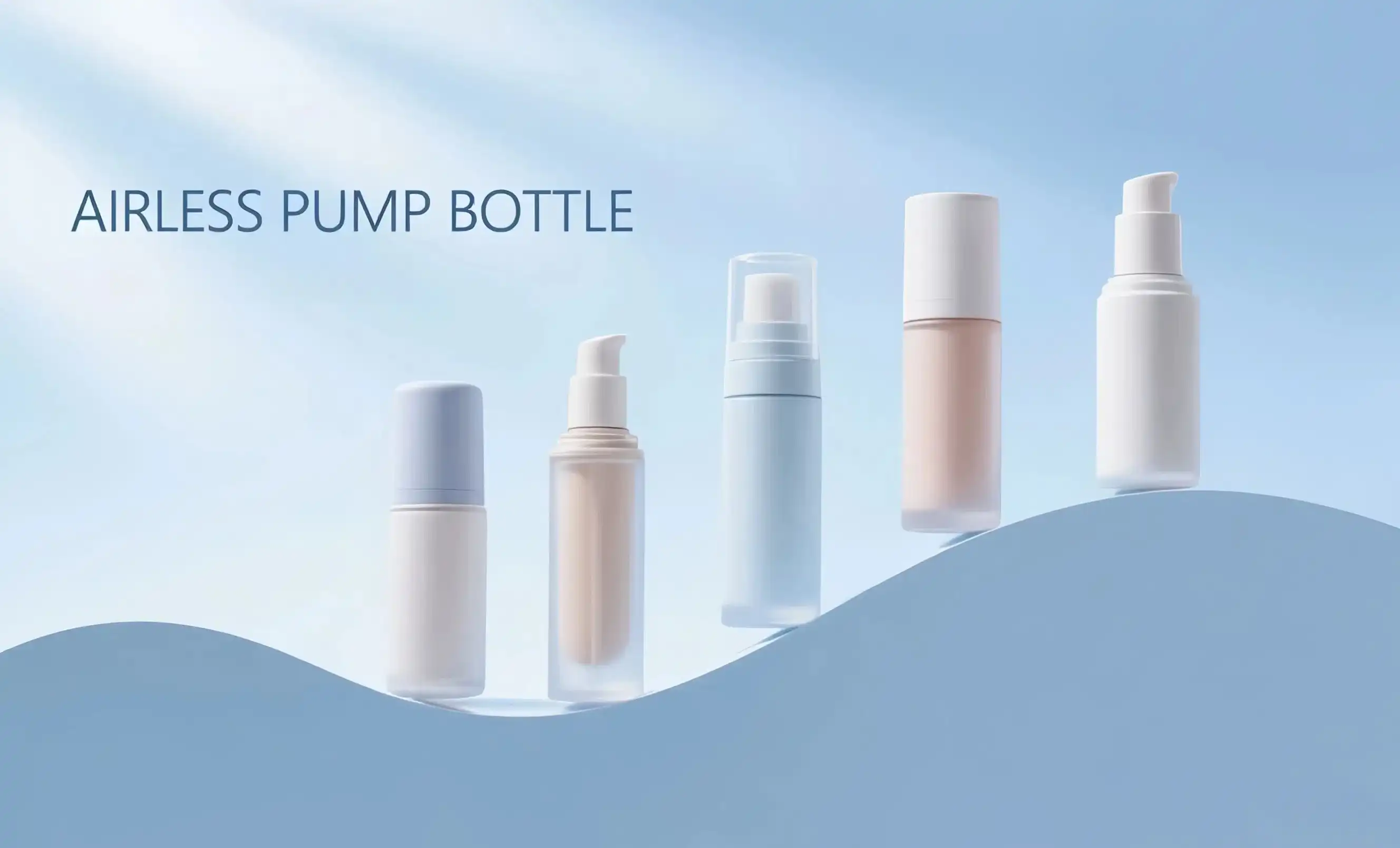How thick should airless bottle walls be to prevent cracking?
Determining the optimal wall thickness for airless bottles is a complex process that involves considering various factors. While there's no one-size-fits-all answer, industry standards and best practices provide guidelines for manufacturers to follow. Typically, wall thickness for plastic airless containers ranges from 0.5mm to 2mm, depending on the bottle size, material used, and intended application.
Factors Influencing Wall Thickness
Several elements come into play when determining the ideal wall thickness:
- Container Size: Larger bottles generally require thicker walls to maintain structural integrity.
- Material Properties: Different plastics have varying strength characteristics, influencing the required thickness.
- Product Viscosity: Thicker formulations may necessitate stronger walls to withstand dispensing pressure.
- Environmental Conditions: Extreme temperatures or humidity levels can affect the container's performance.
For instance, a 30ml airless bottle might have a wall thickness of around 0.8mm to 1.2mm, while a 100ml container could require walls of 1.5mm to 2mm thickness. However, these are general guidelines, and the specific requirements can vary based on the factors mentioned above.

Testing for Optimal Thickness
To ensure that airless bottles can withstand stress without cracking, manufacturers employ various testing methods:
- Drop Tests: Simulating accidental drops to assess impact resistance.
- Pressure Tests: Evaluating the container's ability to withstand internal pressure during use.
- Thermal Shock Tests: Checking resilience to sudden temperature changes.
These tests help determine the minimum wall thickness required to prevent cracking under normal usage conditions and beyond.
Thin vs. thick walls: Balancing durability and material costs
The debate between thin and thick walls in plastic airless containers is ongoing, with manufacturers and brands seeking to strike the perfect balance between durability and cost-effectiveness. Both options have their merits and drawbacks, making it crucial to understand the implications of each choice.
Advantages of Thin Walls
- Reduced Material Costs: Less plastic used per container can lead to significant savings in large production runs.
- Lower Shipping Costs: Lighter containers result in reduced transportation expenses.
- Improved Sustainability: Using less material aligns with eco-friendly initiatives.
Benefits of Thick Walls
- Enhanced Durability: Thicker walls provide better protection against physical stress and environmental factors.
- Improved Product Preservation: Stronger barriers can better maintain product integrity.
- Longer Lifespan: Durable containers are less likely to be replaced frequently, potentially reducing long-term costs.
While thin-walled containers might seem more economical initially, they may not always be the most cost-effective solution in the long run. Thicker walls, despite higher upfront costs, can offer better value through improved performance and longevity.
Finding the Sweet Spot
The key lies in finding the optimal thickness that provides sufficient durability without unnecessarily increasing costs. This often involves:
- Advanced Material Science: Utilizing high-performance plastics that offer strength at lower thicknesses.
- Innovative Design: Incorporating structural elements that enhance strength without adding bulk.
- Precision Manufacturing: Employing techniques that ensure consistent wall thickness throughout the container.
By carefully considering these factors, manufacturers can create airless bottles that offer the best of both worlds: durability and cost-effectiveness.
Topfeelpack's stress-tested containers for extreme climates
In the competitive world of cosmetic packaging, Topfeelpack stands out for its commitment to producing high-quality, stress-resistant airless containers suitable for a wide range of environmental conditions. Recognizing the diverse needs of global markets, Topfeelpack has developed a line of containers specifically designed to withstand extreme climates.
Advanced Testing Protocols
Topfeelpack employs rigorous testing procedures to ensure their containers can perform optimally in various challenging conditions:
- Arctic Simulation: Testing containers in sub-zero temperatures to prevent brittleness and cracking.
- Tropical Environment Tests: Evaluating performance in high humidity and heat to prevent warping or degradation.
- Altitude Pressure Tests: Assessing container integrity for products that may be transported or used at high altitudes.
These comprehensive tests allow Topfeelpack to fine-tune their designs and material selections, resulting in containers that maintain their integrity and functionality across diverse climates.
Innovative Material Blends
Topfeelpack's research and development team has created proprietary plastic blends that offer enhanced stress resistance without compromising on other essential qualities:
- Temperature-Stable Polymers: Materials that maintain consistent properties across a wide temperature range.
- UV-Resistant Additives: Protecting both the container and its contents from harmful solar radiation.
- Moisture-Barrier Technologies: Preventing humidity ingress in high-moisture environments.
These innovative materials allow Topfeelpack to produce airless bottles with optimized wall thicknesses that meet the stringent requirements of various climatic conditions while keeping material costs in check.
Customization for Specific Needs
Understanding that different products and markets may have unique requirements, Topfeelpack offers customization options for their stress-tested containers:
- Adjustable Wall Thickness: Tailoring the container's strength to specific product needs.
- Climate-Specific Designs: Modifying container structures for particular environmental challenges.
- Material Selection Consultation: Working with clients to choose the most suitable materials for their target markets.
This flexibility allows brands to obtain containers that are perfectly suited to their products and target markets, ensuring optimal performance regardless of the climatic conditions.
In conclusion, the wall thickness of plastic airless containers is a critical factor in determining their stress resistance and overall performance. Striking the right balance between durability and cost-effectiveness is essential for both manufacturers and brands. Topfeelpack's commitment to producing high-quality, stress-tested containers for extreme climates demonstrates the importance of this aspect in the cosmetic packaging industry.
For skincare brands, makeup companies, and cosmetics manufacturers seeking reliable and durable packaging solutions, considering the wall thickness and stress resistance of airless containers is crucial. Whether you're launching a new product line, expanding into new markets with challenging climates, or simply looking to improve your packaging quality, partnering with a specialist like Topfeelpack can make a significant difference.
Ready to elevate your product packaging with stress-resistant airless containers? Topfeelpack offers fast customization, competitive pricing, and quick delivery to meet your specific needs. Our team of experts is ready to assist you in selecting the perfect container solution for your brand. Contact us today at pack@topfeelgroup.com to learn more about our advanced airless bottles and how we can support your packaging requirements.
References
- Johnson, A. (2022). "The Impact of Wall Thickness on Plastic Container Performance." Journal of Packaging Technology and Research, 15(3), 245-260.
- Smith, B. et al. (2021). "Stress Resistance in Cosmetic Packaging: A Comprehensive Study." International Journal of Cosmetic Science, 43(2), 178-195.
- Lee, C. and Park, S. (2023). "Optimizing Wall Thickness in Airless Bottles: Balancing Cost and Durability." Polymer Engineering & Science, 63(5), 1122-1138.
- Garcia, M. (2022). "Environmental Factors Affecting Plastic Container Integrity." Packaging Technology and Science, 35(4), 412-428.
- Wilson, D. (2021). "Advances in Material Science for Cosmetic Packaging." Progress in Polymer Science, 112, 101324.
- Brown, E. and White, F. (2023). "Testing Protocols for Airless Packaging in Extreme Climates." Journal of Applied Packaging Research, 15(2), 89-104.

 - 副本_1745399213966.webp)

_1747827716538.webp)

